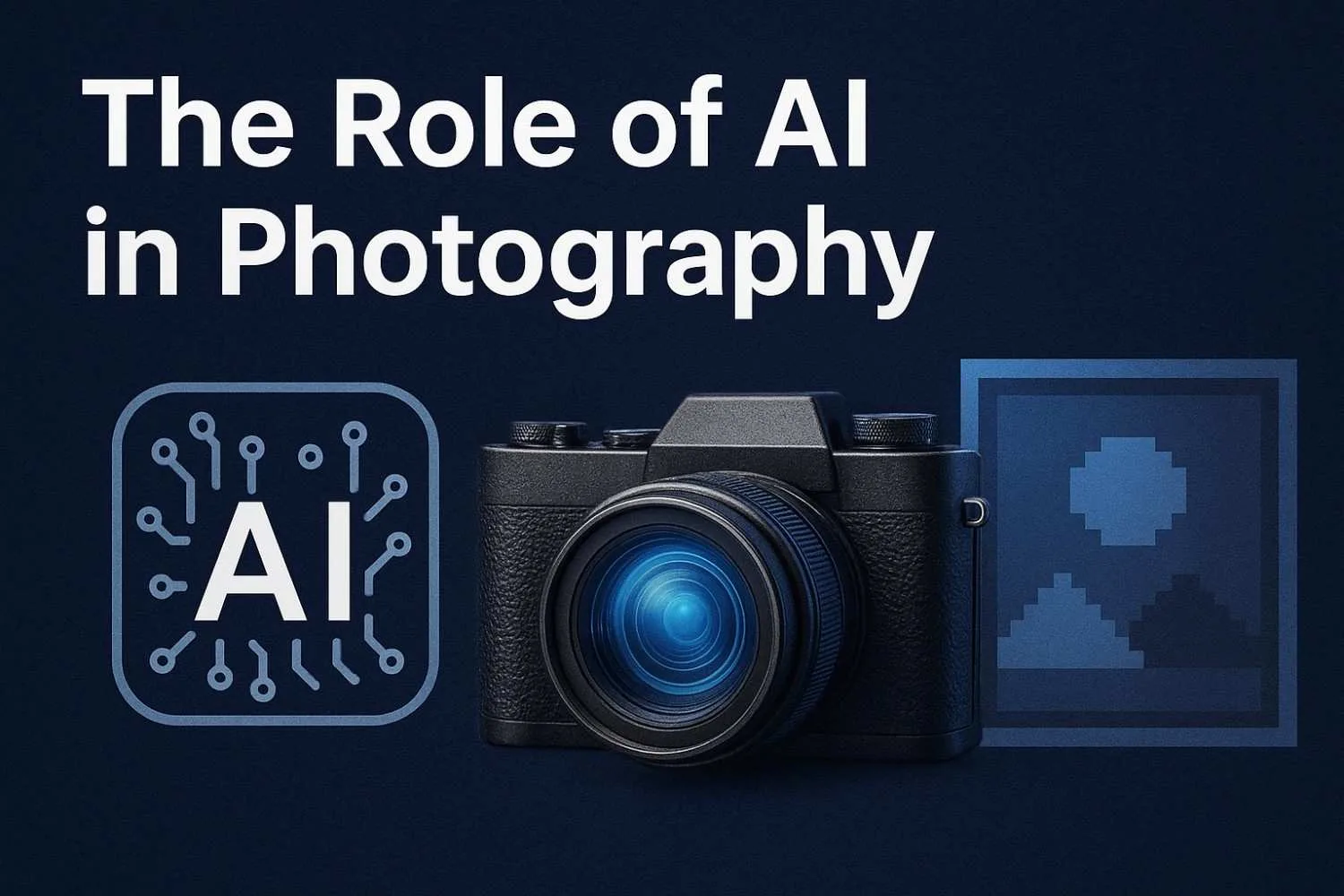 Artificial Intelligence (AI) has revolutionized almost every creative field, and photography is no exception. From automatic image enhancements to smart camera sensors, AI is redefining how photographers capture, edit, and share their visuals. Whether you’re a professional photographer or a smartphone user, AI tools are now helping everyone create better, faster, and more artistic images.
Artificial Intelligence (AI) has revolutionized almost every creative field, and photography is no exception. From automatic image enhancements to smart camera sensors, AI is redefining how photographers capture, edit, and share their visuals. Whether you’re a professional photographer or a smartphone user, AI tools are now helping everyone create better, faster, and more artistic images.
What is AI in Photography?
AI in photography refers to the use of machine learning algorithms and computer vision to assist in capturing, editing, and improving images. These systems analyze millions of photos to learn patterns like lighting, framing, and composition — and apply those learnings automatically. Examples include:- Portrait mode and scene detection in smartphones
- AI-powered photo editing tools like Adobe Photoshop’s Generative Fill or Luminar AI
- Cameras that adjust settings based on detected subjects or environments
How AI Is Transforming Photography
a. AI in Photo Editing & Retouching
AI-powered software like Luminar AI, Adobe Photoshop, and Canva Magic Studio can automatically retouch skin, enhance colors, remove unwanted objects, or even replace entire backgrounds in seconds—tasks that once required hours of manual effort.b. AI in Camera Technology
Modern cameras use AI to detect scenes and adjust ISO, exposure, and focus settings accordingly. Brands like Sony, Canon, and Apple have integrated AI to recognize faces, eyes, and even animal movement for sharper results.c. AI in Composition & Framing
AI tools suggest better angles, framing, or even cropping images automatically to follow the “rule of thirds” and other composition techniques—helping photographers improve their visual storytelling.d. AI for Object & Scene Recognition
AI can identify objects, faces, emotions, and scenes in real time. This helps in cataloging and tagging large image libraries automatically — a major advantage for professionals and agencies.e. AI in Creative Photography
Generative AI tools like Midjourney, Firefly, and DALL·E allow artists to merge imagination and photography. Photographers can now create hybrid visuals, conceptual backdrops, or artistic composites that go beyond traditional photography.Benefits of Using AI in Photography
- Time Efficiency: Speeds up editing workflows
- Enhanced Creativity: Enables new styles and ideas.
- Improved Accuracy: Auto-corrects lighting, focus, and exposure.
- Cost-Effective: Reduces the need for expensive post-production work.
- Accessibility: Makes professional-level editing possible for beginners.